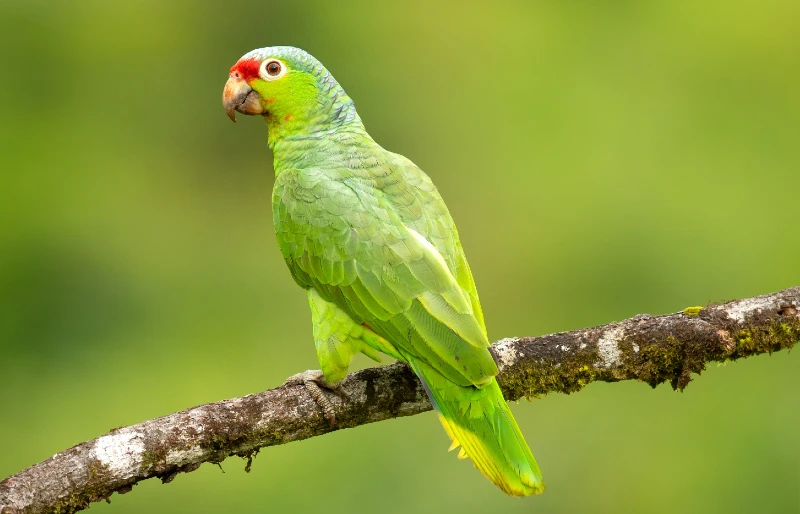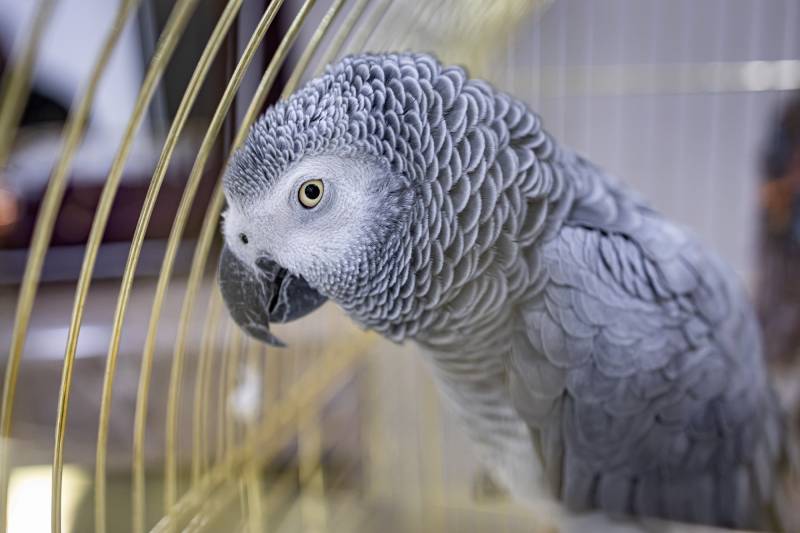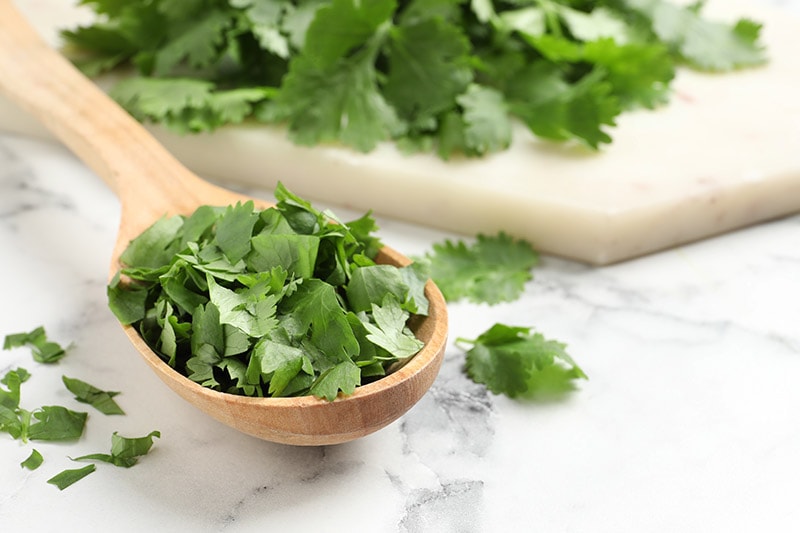How Long Do Amazon Parrots Live? Average Lifespan, Data & Care

Updated on

Click to Skip Ahead
If you’re in search of what type of bird you’d like to bring home, you may have come across the Amazon parrot. There are actually around 30 species of bird1 that fall into the Amazon parrot category! Some of the most common Amazon parrots you’ll see kept as pets are blue-fronted, red-lored, yellow-naped, yellow-headed, Cuban, and lilac-crowned Amazon parrots. These beautiful birds are loved for far more than their appearance, with keepers having a particular soft spot for their gregarious personalities.
Amazon Parrots Average Lifespan
Since there are so many species in the Amazon parrot group, the expected lifespan can vary. The average lifespan of captive Amazon parrots is 35 years, but some may live to 70 years of age or older.
How Long Do Amazon Parrots Live in the Wild?
In the wild, the average lifespan for Amazon parrots is just over 20 years, which is notably lower than the high-end life expectancy for their captive counterparts. Living in the wild makes these birds more susceptible to a variety of factors that can shorten their lifespan, including predators, habitat loss, disease, and poaching.

How to Care For Your Amazon Parrot for a Long Lifespan?
1. Feeding & Diet
Wild Amazon parrots feed on a diet primarily consisting of seeds, vegetables, fruits, and nuts. However, seed-based foods are not recommended for captive Amazon parrots in large quantities. They have an affinity for seeds and may selectively consume seeds over other foods in the mix, causing their diet to be severely imbalanced.
Instead, pellets formulated for parrots should make up about 70% of the diet, while 30% of the diet should be fruits, vegetables, and dark leafy greens. No more than 5% of the daily diet should consist of treats.

2. Environment
One thing that many people underestimate about birds is how large their environment should be. The bare minimum enclosure size for an Amazon parrot is one that allows them to extend their wings fully and flap without their wings touching the side walls of the enclosure.
Perches should be provided throughout to allow your bird to climb. The enclosure should not be in a draft, and birds should not be allowed free reign of your home without supervision. A room with natural light is important but avoid placing their cage in direct sunlight.
3. Care
Amazon parrots are curious and intelligent birds that are happiest when they have the ability to explore their environment. Rotating toys will keep things interesting and fun, and foraging and puzzle exercises will help reduce bad behavior. Bored and anxious birds can become stressed, loud, and destructive.
4. Cleaning
Birds will potty wherever they want, so you should avoid placing food and water dishes below perches to keep them hygienic. Your Amazon parrot’s enclosure should be fully cleaned at least once per week. Waste should not be allowed to accumulate in their enclosure, though, so you will likely need to do some spot cleaning or change out the flooring substrate daily.

5. Pairing/Breeding
Amazon parrots are monogamous birds that bond closely with their mate. They can become extremely possessive and territorial regarding their mate. When their hormone levels are high, they may become aggressive and dangerous, even toward their mate. You should consult someone with experience and training if you are attempting to bond or mate your Amazon parrots.
6. Healthcare
It’s recommended that your Amazon parrot sees their veterinarian every 6–12 months for a physical exam. This can help to catch medical problems early. Annual fecal exams check the stool for infections and parasites. Your vet will be able to recommend blood work that should be done regularly, as well as vaccinations. Wings and nails may need trimming, but you should always take your bird to a trained individual for this service.
The Life Stages of an Amazon Parrot
Young Amazon parrots will go through a couple of stages as they grow. They are considered hatchlings at the earliest stage. During this time they rely on their parents to feed them. From there, they become fledglings where they learn to fly and start to wean themselves off of parental feedings. Then they become juveniles that are in charge of their own food and finally adults.
The age at which an Amazon parrot stops growing will depend on the species, with some completing growth at one year old and others being later on. These birds reach sexual maturity sometime between the ages of 4 to 6 years.

How to Tell Your Amazon Parrot’s Age
It can be tricky to tell your Amazon parrot’s age through physical cues alone. In young Amazons, the irises of their eyes will be gray-brown in color. Between ages 2–3 years, though, their iris may change to red, red-orange, or deep brown. Beyond 3 years of age, it is nearly impossible to determine the age of a parrot, although you may be able to determine a rough estimate based on their appearance, behavior, and health. Talk to your veterinarian if you have any questions.
Conclusion
Amazon parrots are beautiful birds that are relatively popular pets. With proper care, you can expect your Amazon parrot to live to around 30 years of age, but you also may get lucky and have a bird that lives into its 60s or 70s!
Also see:
- How Much Does an Amazon Parrot Cost? Price Guide
- Red Amazon Parrot: Pictures, Personality, Info & Care Guide
Featured Image Credit: Milan Zygmunt, Shutterstock












